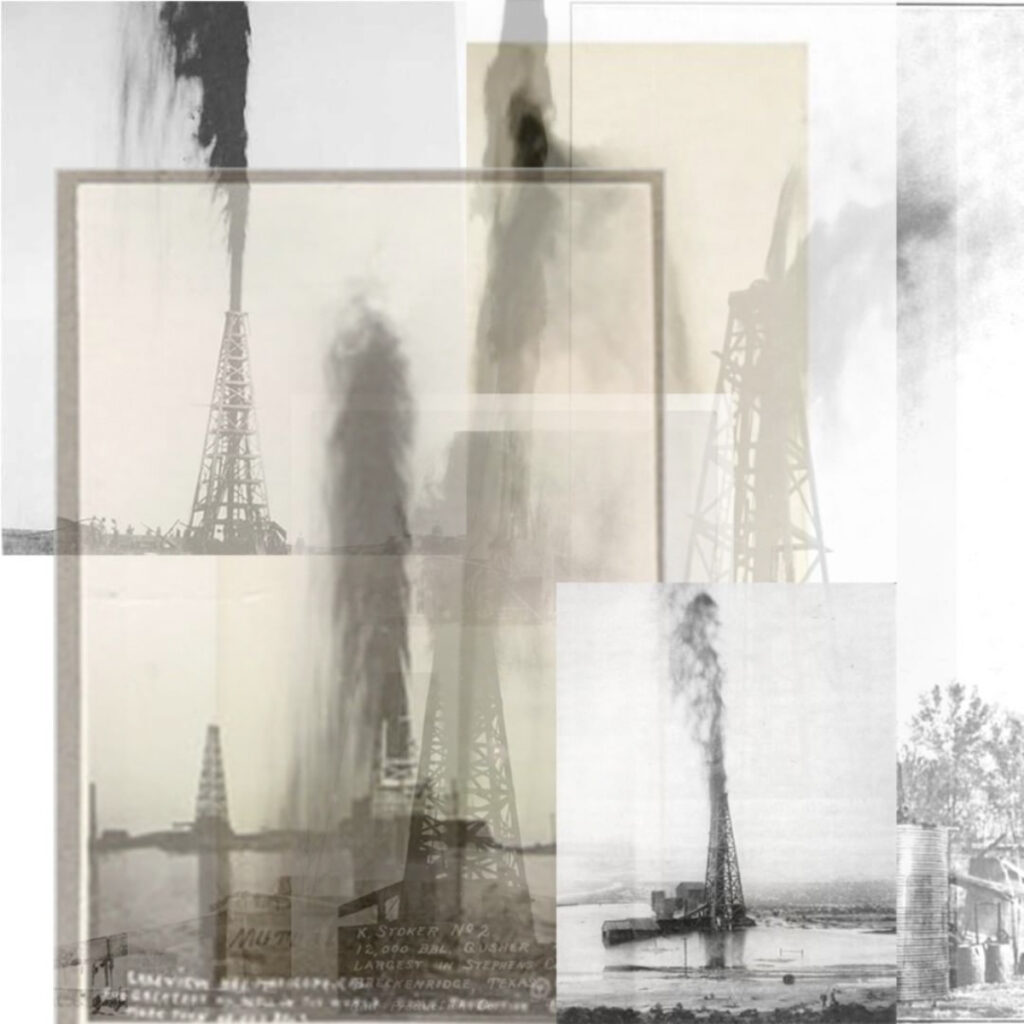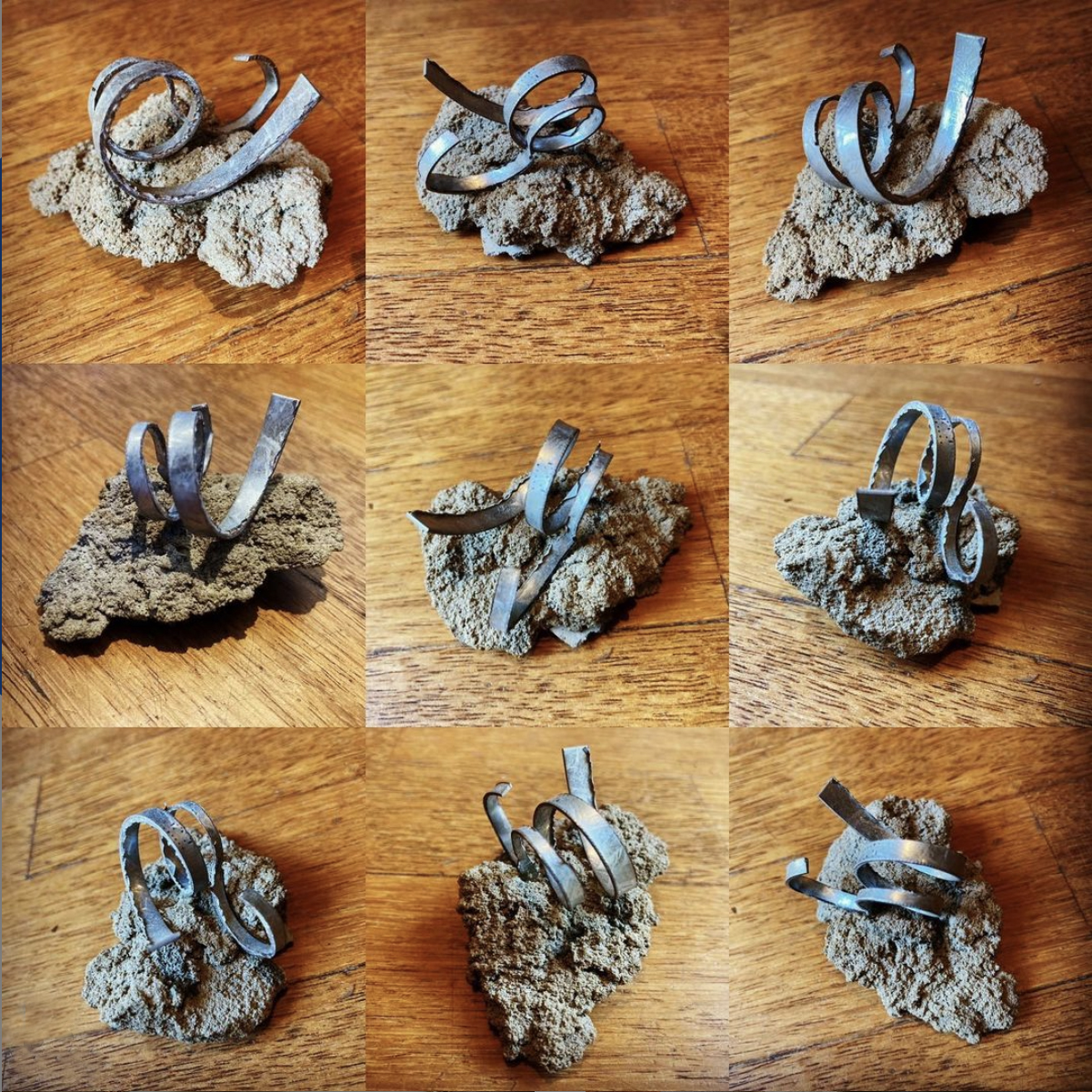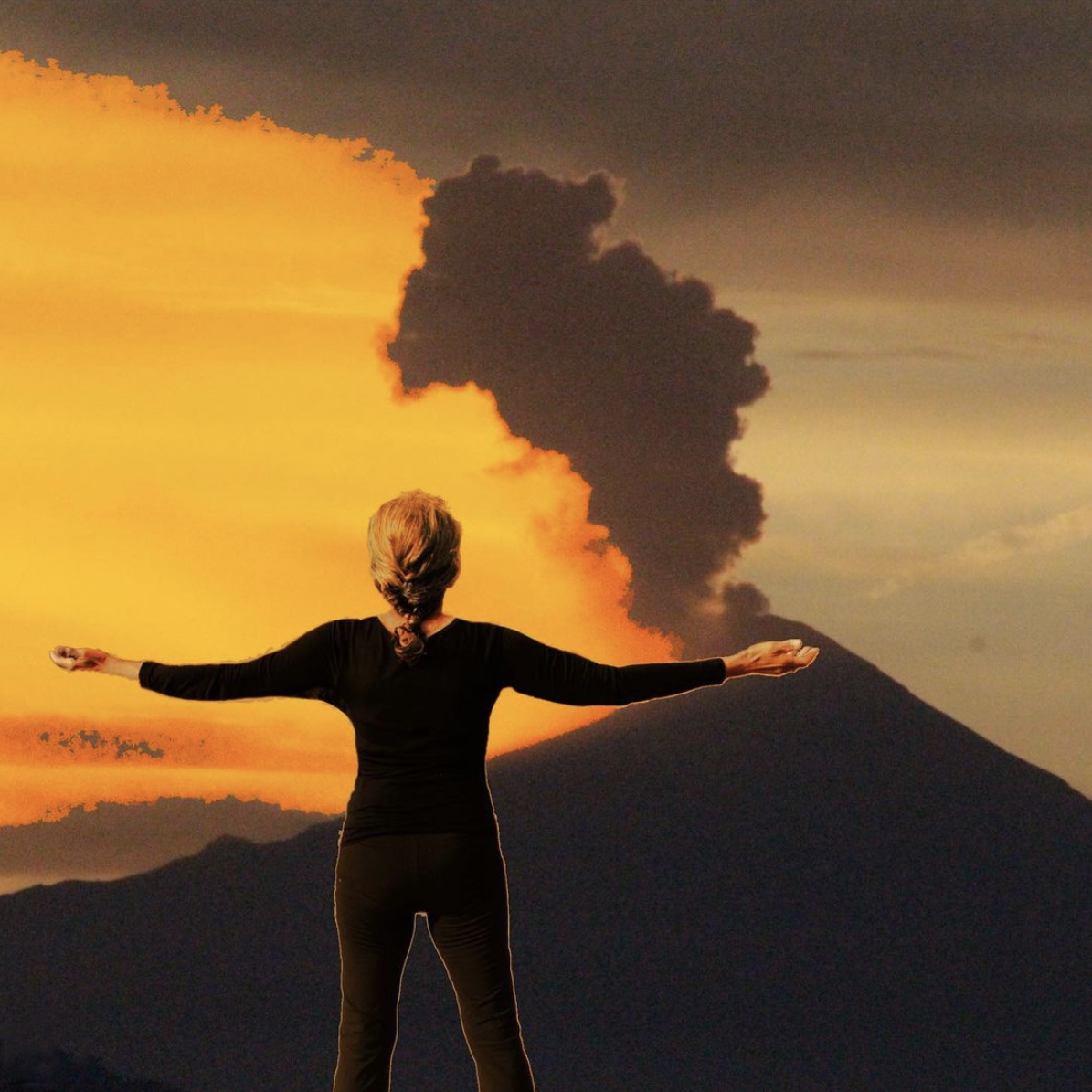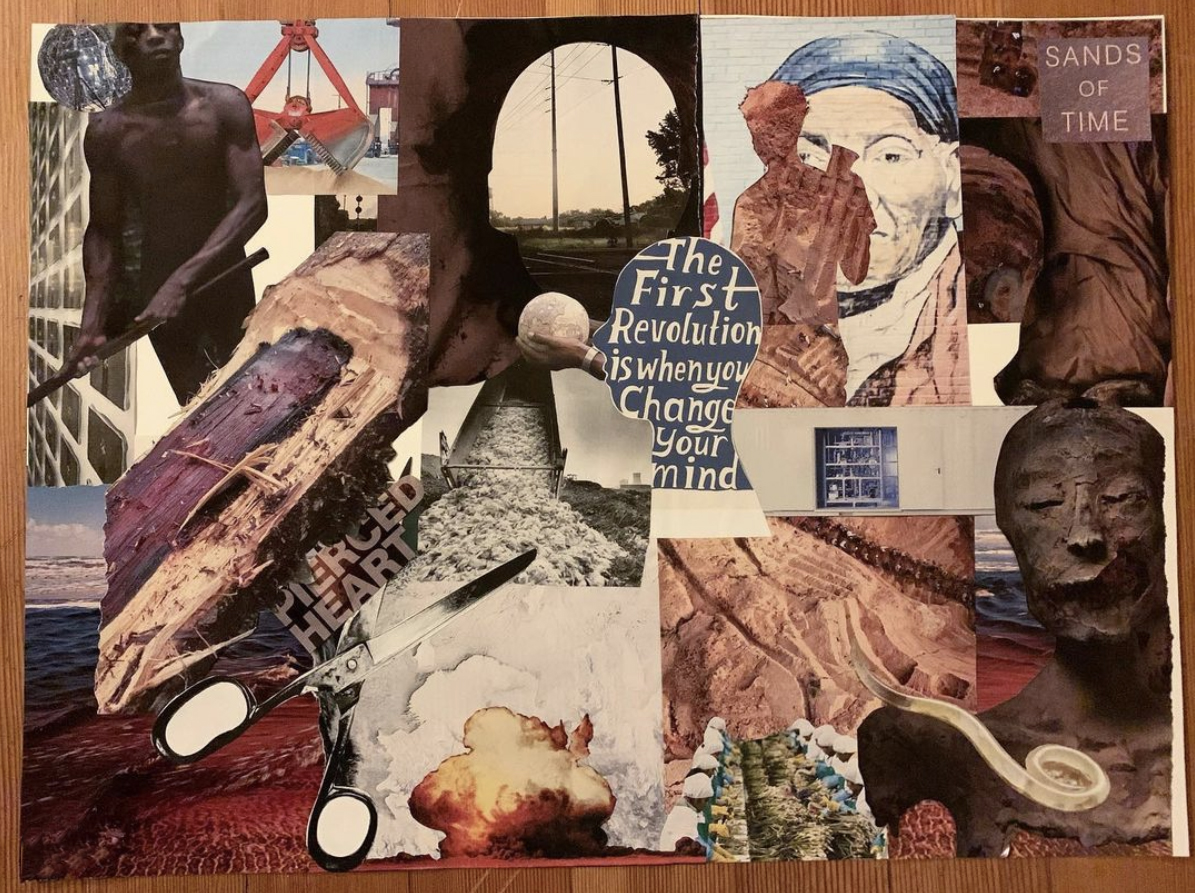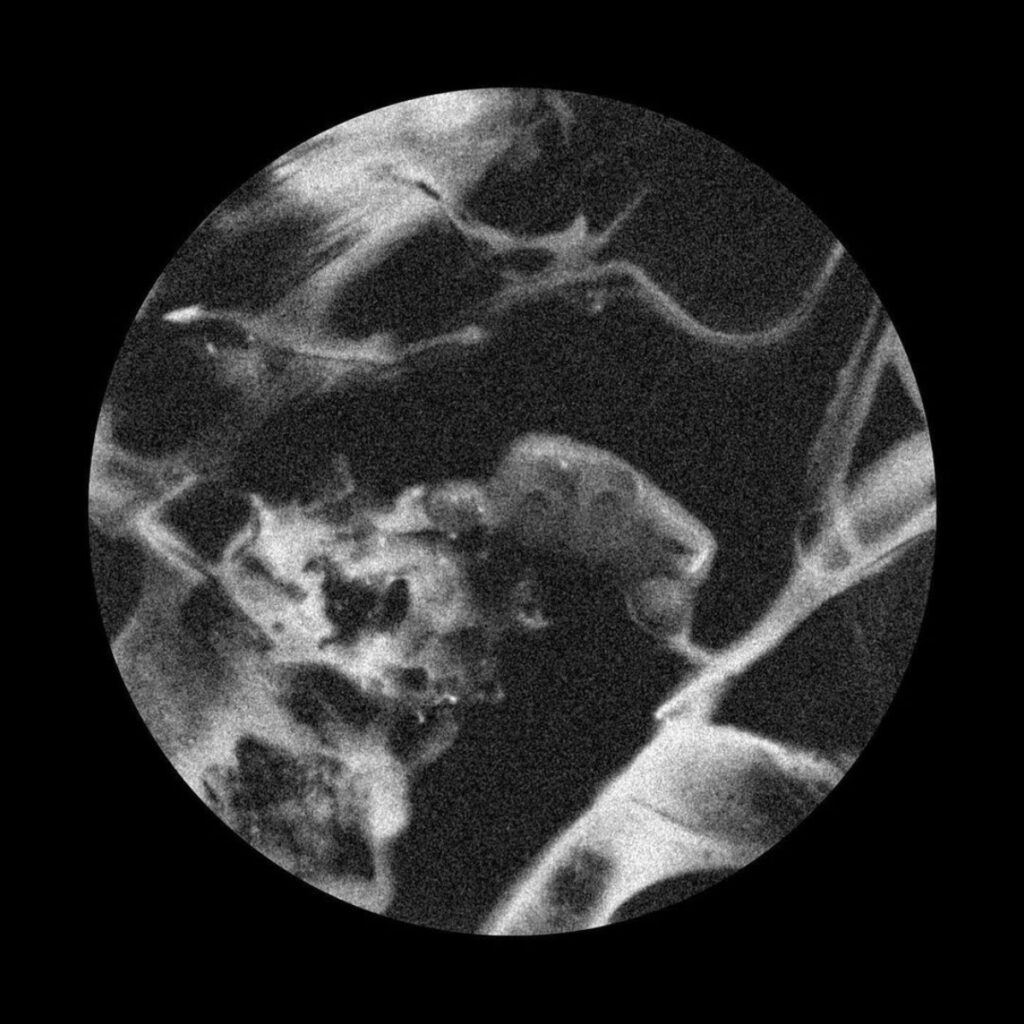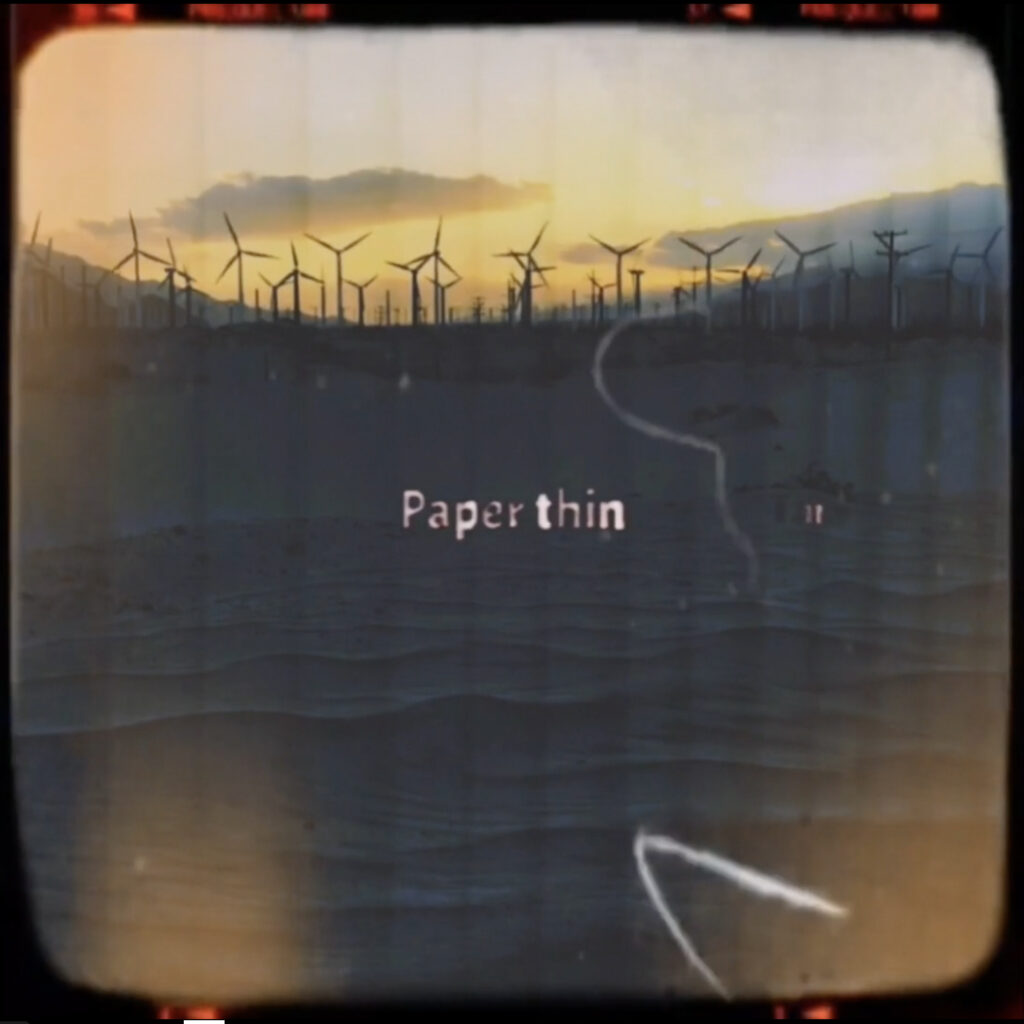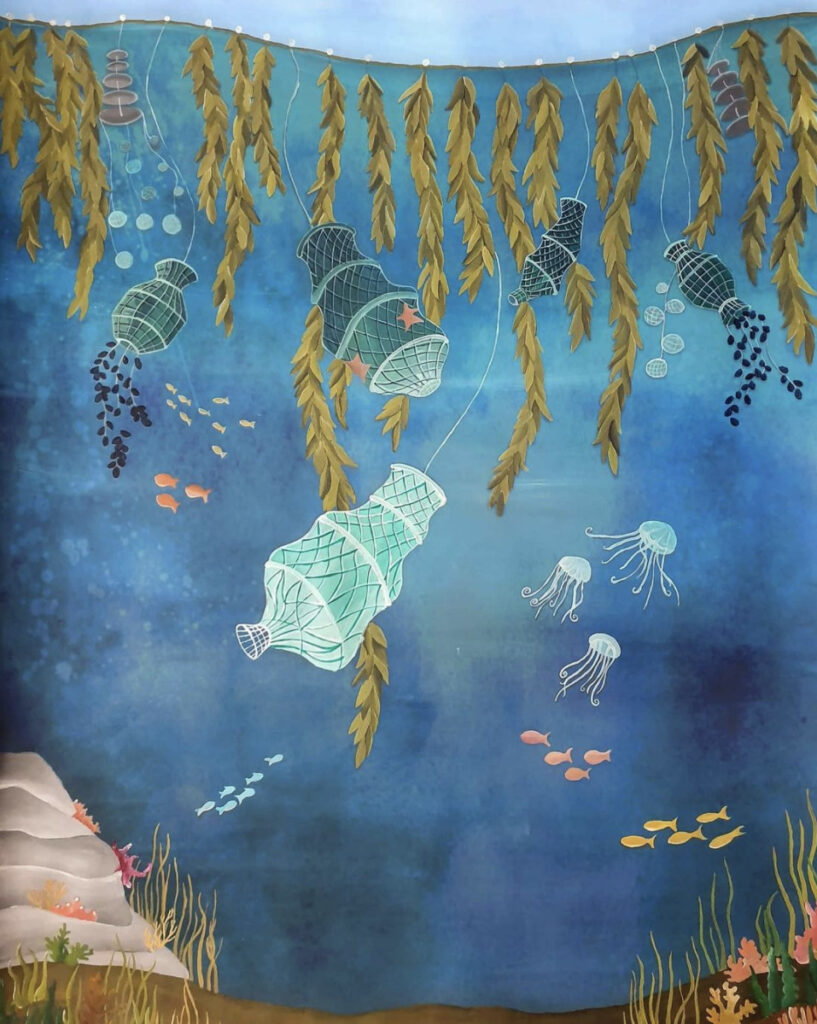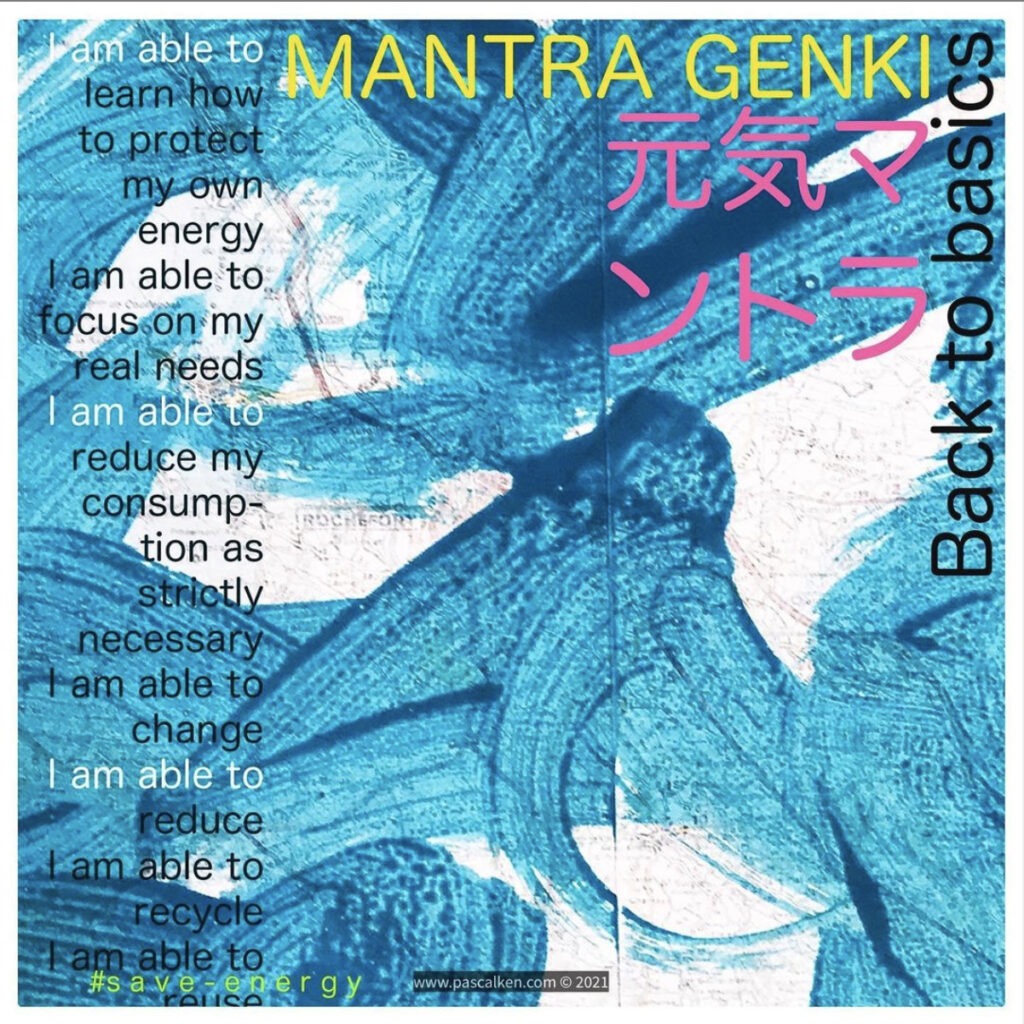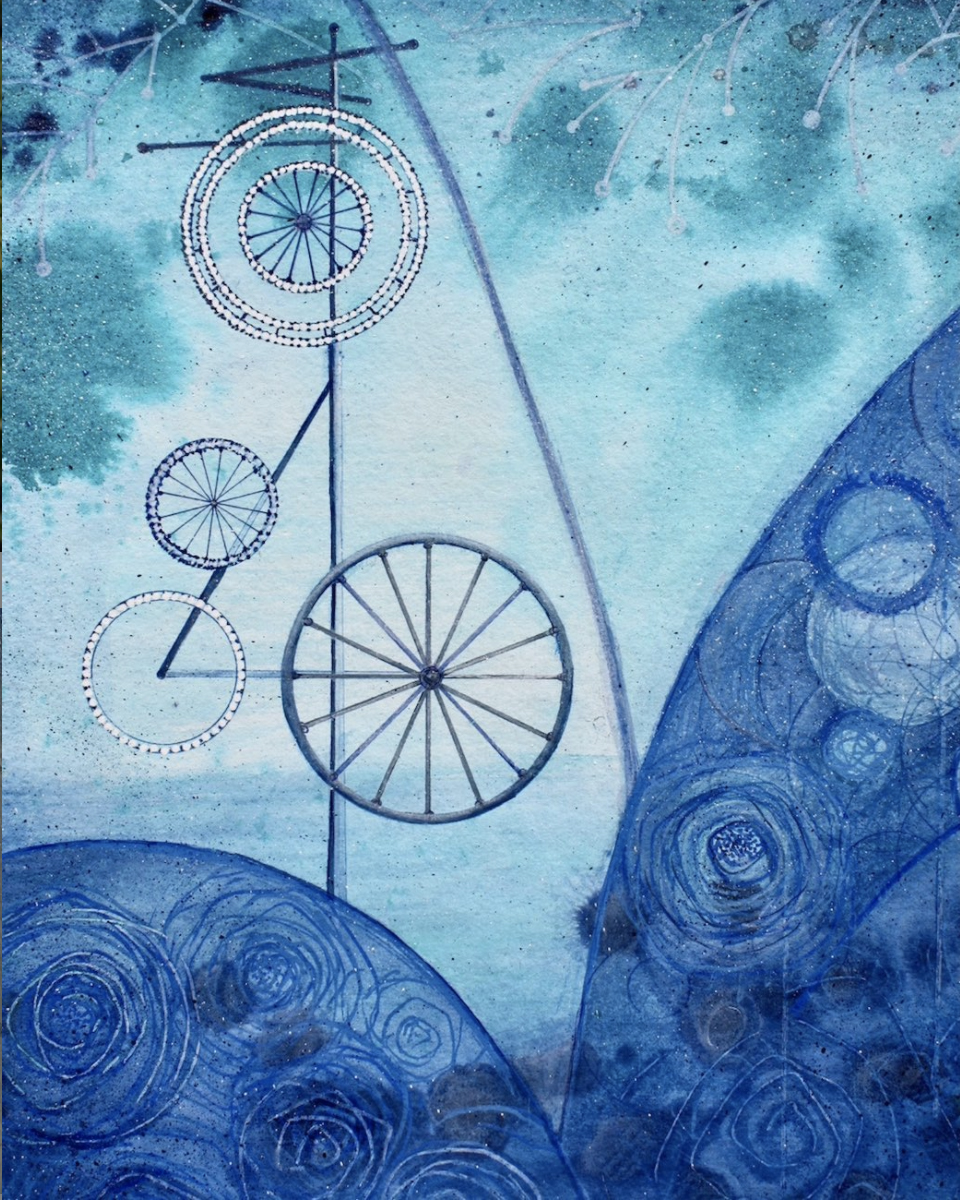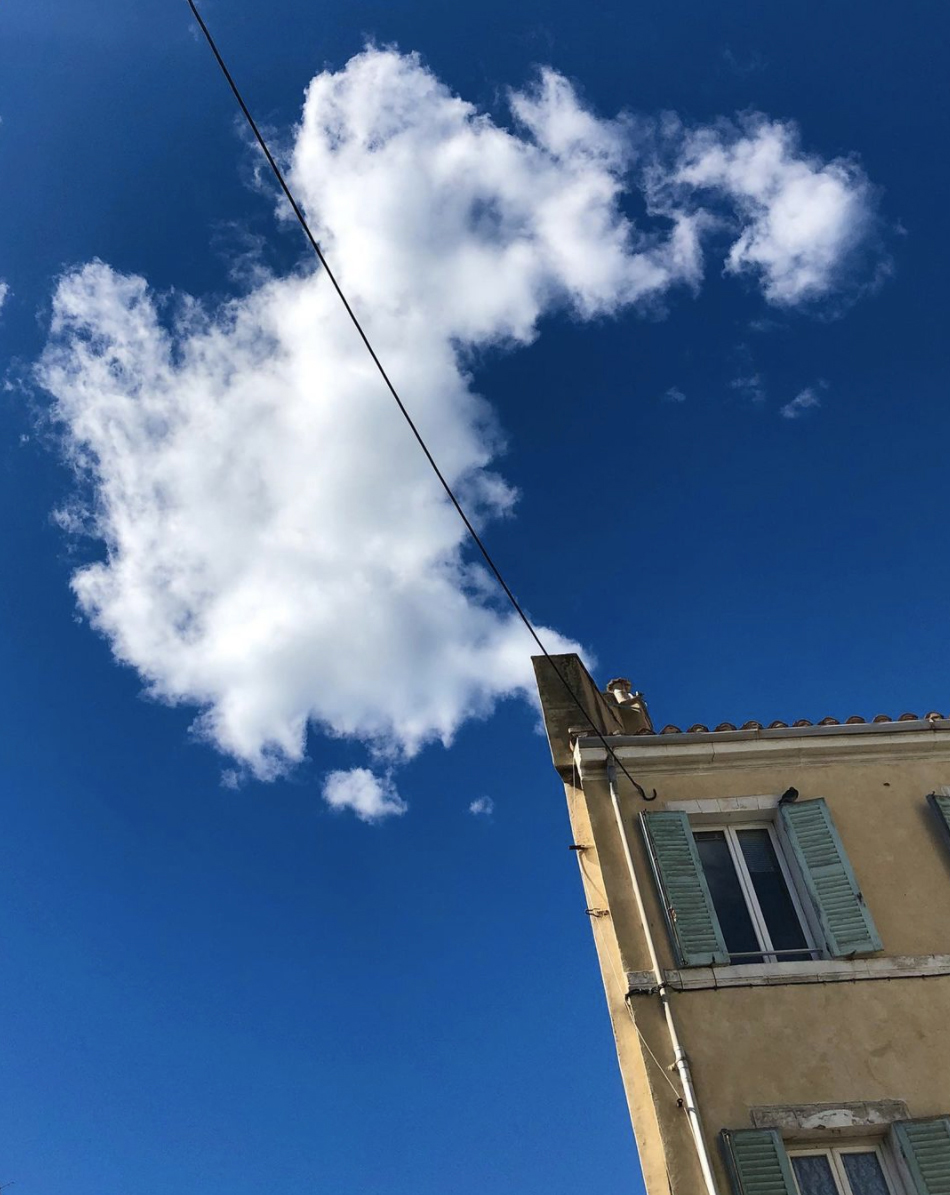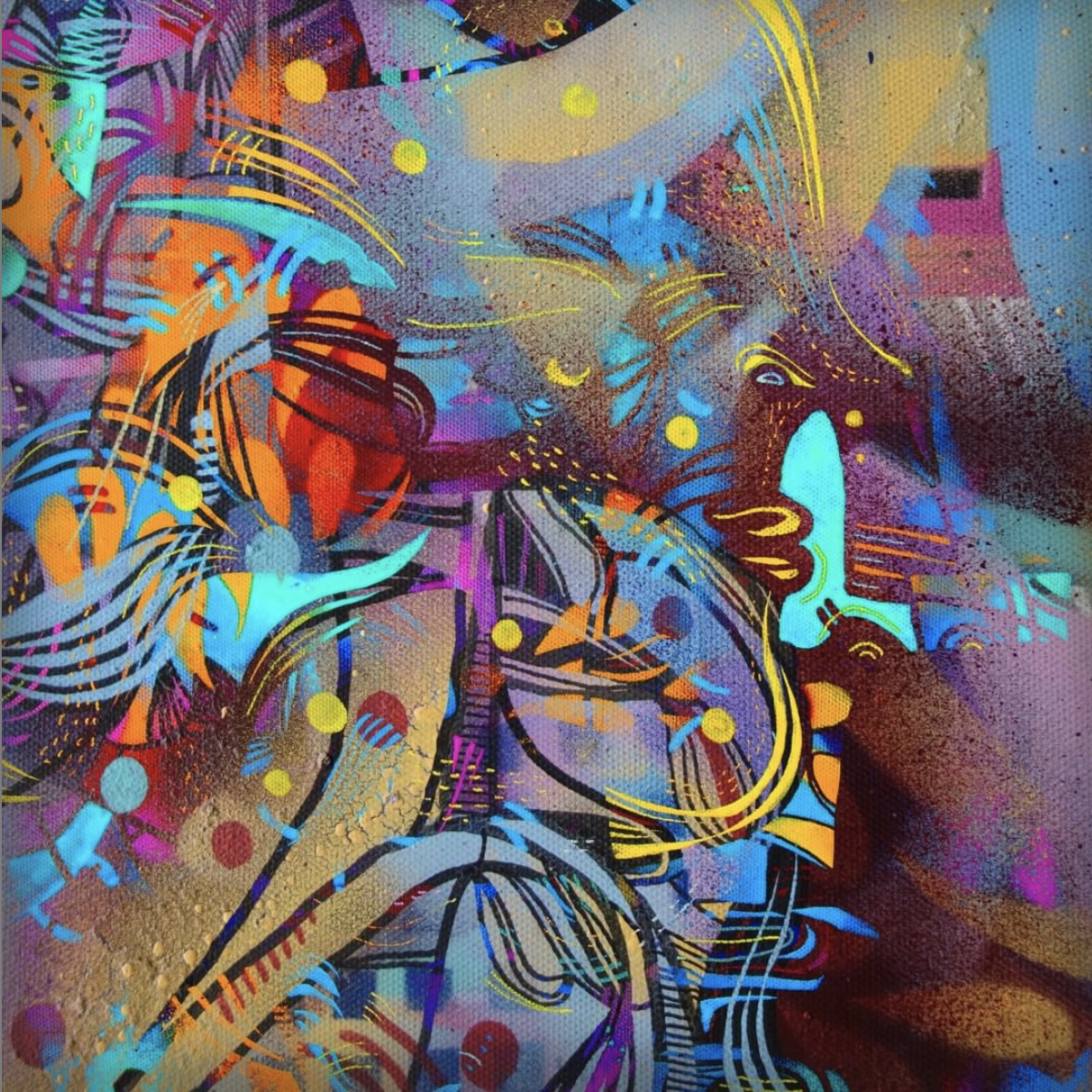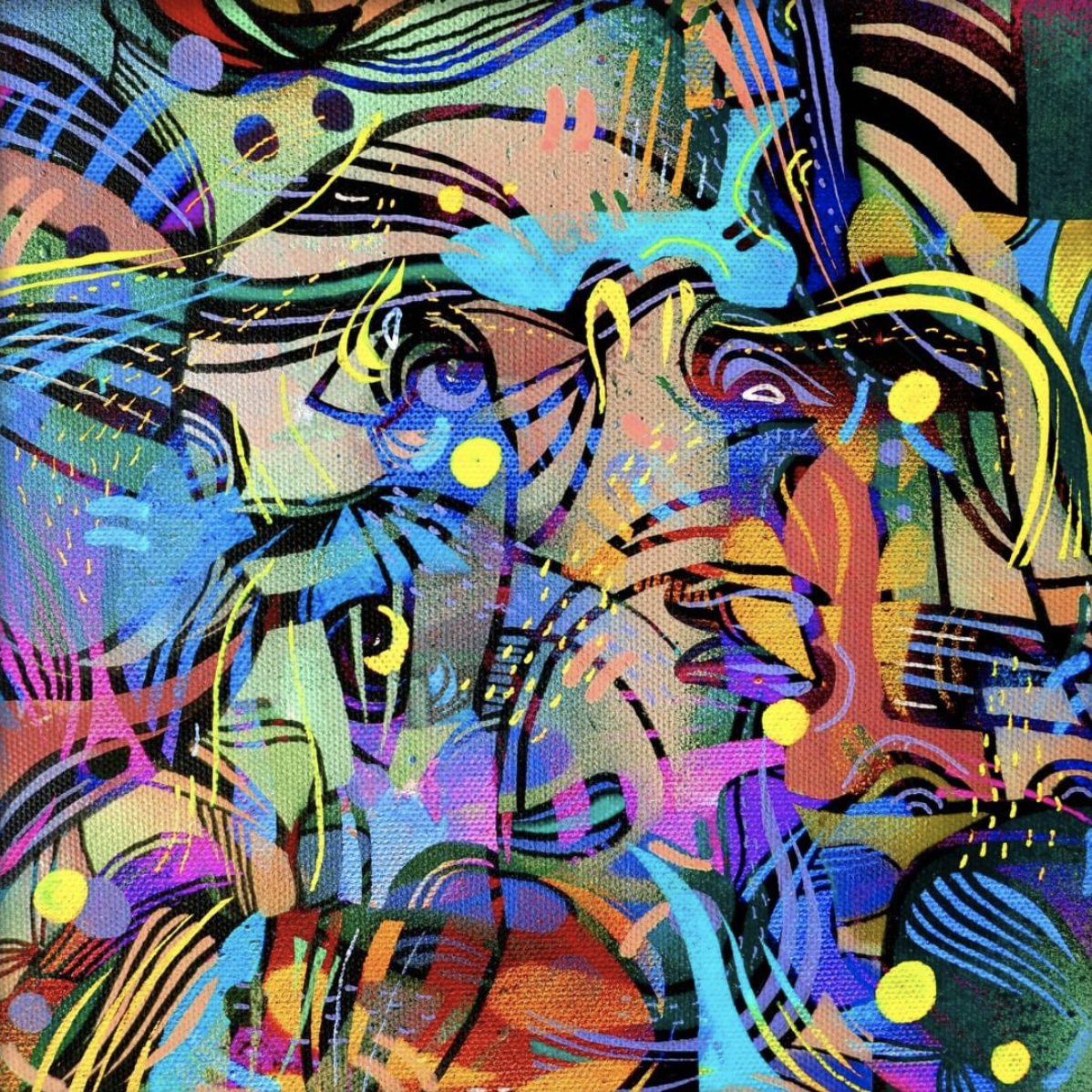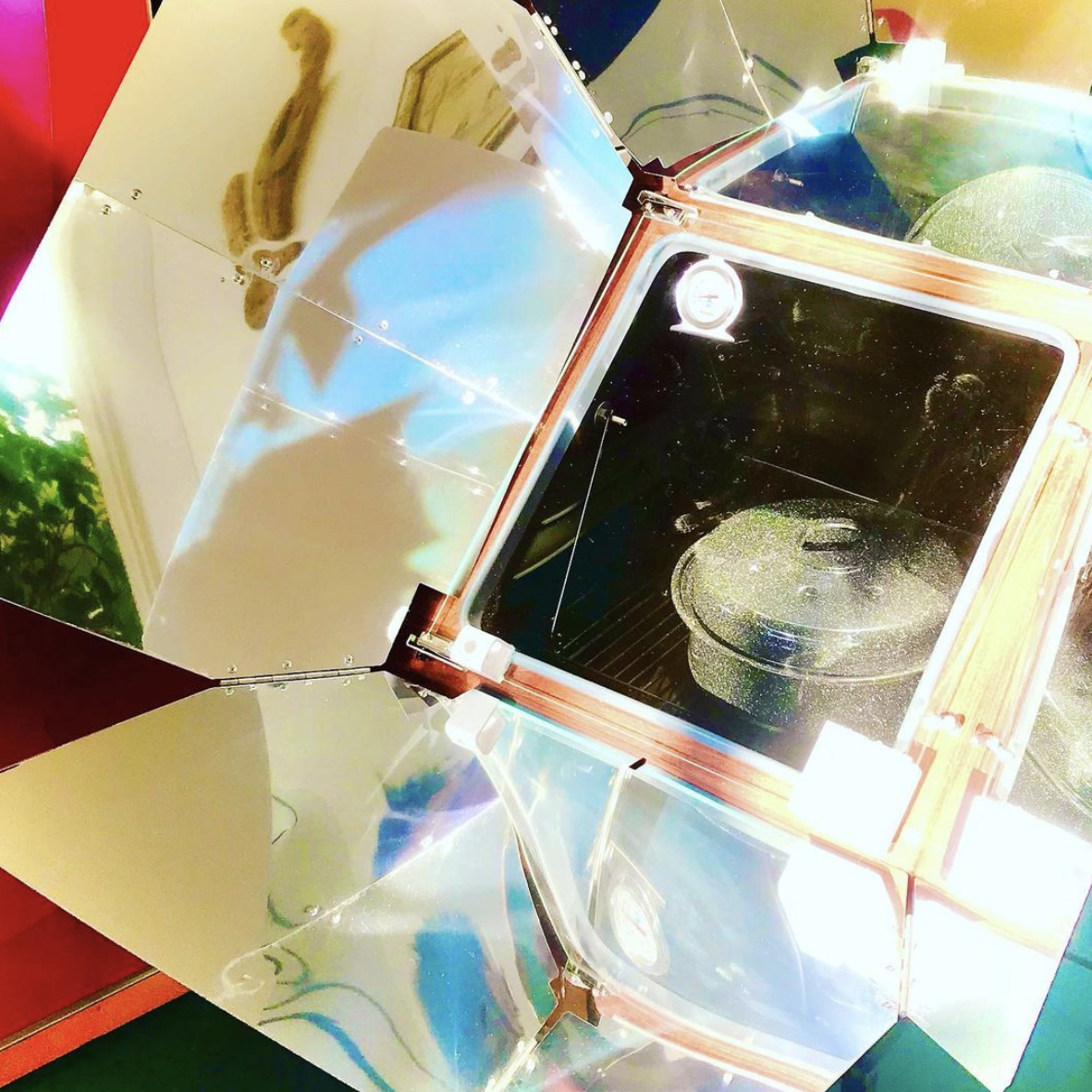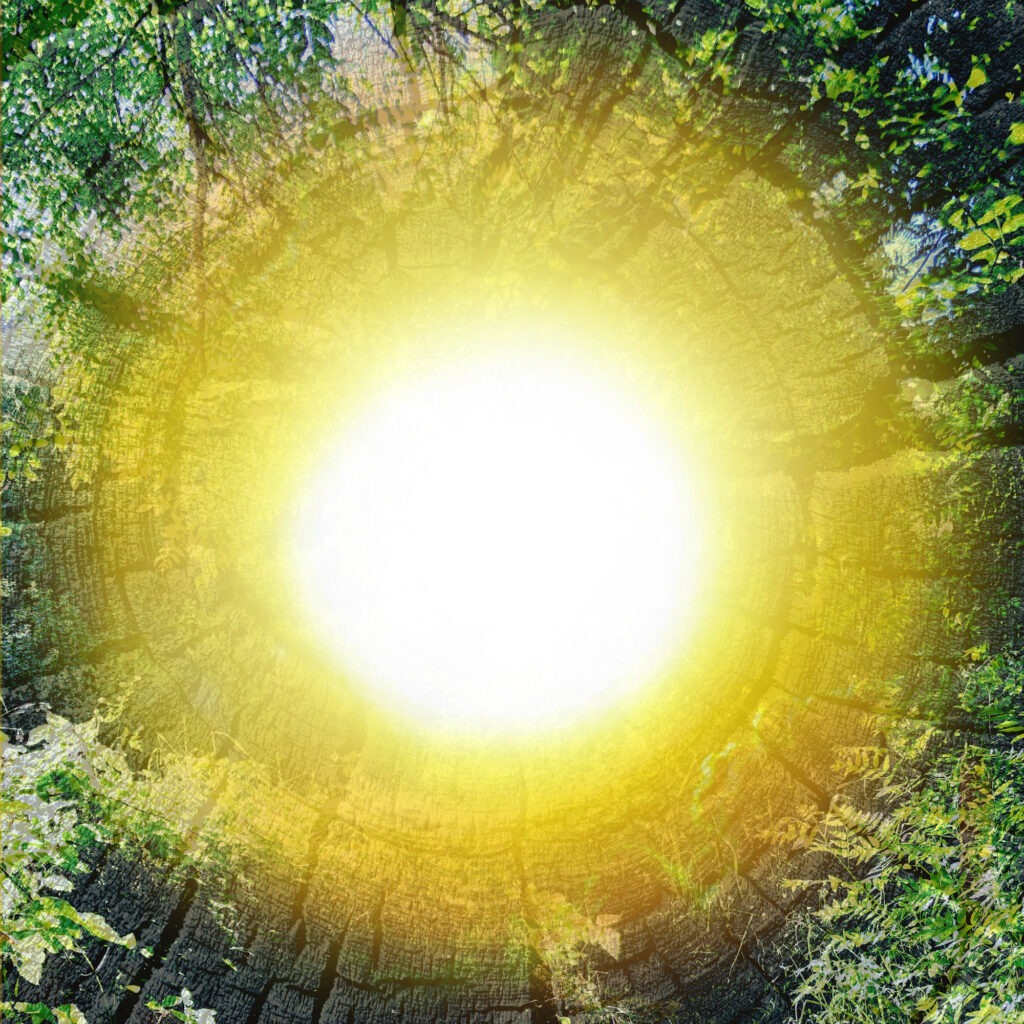This is the first What’s Next for Earth online exhibition based on Think Resilience,
a free online course by the Post Carbon Institute.
We’re starting this series with the subject of energy and for a good reason. Energy is key to everything—it’s an essential driver of the natural world and of the human world, and it will also be pivotal to the societal transformations we’ll be experiencing in the 21st century and beyond. Energy is what enables us to live and to build civilizations and thriving economies. But it’s even more fundamental than that. Without energy, literally, nothing can happen.”
Richard Heinberg, Think Resilience, lesson 2: Energy (Full video transcript here).

